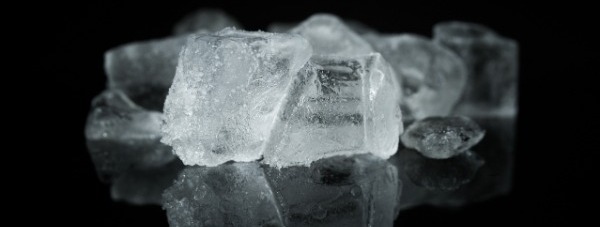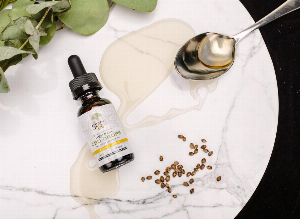Relieve pain with hot or cold
Published Feb 26, 2019

Thanks to its relaxing effect, heat is very useful against muscle contractures or cramps. Cold is beneficial on a sprain or strain to control swelling.

Have you ever heard of thermotherapy? It is the act of applying hot and cold to treat the ailments of the patient. Far from being grandmother's remedy, their effects on pain are well documented. Their effectiveness, although moderate and transitory, can provide many services.
Cold, an ally against pain?
Cold is an ally against pain. Its anti-inflammatory action relieves acute pain in the event of trauma or osteoarthritis outbreaks, for example. Scientific studies show that it causes a decrease in the body's production of inflammatory molecules such as cytokines or prostaglandins. It also slows down the conduction rate of nerve fibres, and therefore also has an anaesthetic action. In fact, who has not applied ice cubes after a violent impact, a sprain, a sprain, a bruise?
"In case of acute pain, packs left in the freezer or ice cubes in a cloth provide relief. Even a bag of frozen peas will do," explains Professor Didier Bouhassira, from the pain assessment and treatment centre at Ambroise-Paré Hospital. Doctors also use it. After a knee replacement, they recommend applying cold every day. In sports, cold is often used to treat injuries. But all this is very empirical, and the relief is often modest and short-lived.
The promise of extreme cold
Perhaps that's why some people rely on the extreme cold. For about fifteen years, cryotherapy cabins have appeared in France. They consist in immersing oneself, whole body and practically naked, in an environment at - 148, - 166 °F for two to three minutes. Thermal shock is said to help with physical recovery, especially for athletes. But others try to relieve pain such as osteoarthritis, rheumatoid arthritis, lumbar pain or fibromyalgia. "Here again, it's very empirical", admits Didier Bouhassira. "Thermal shock would slow down the nervous system and pain transmission, but the benefit is not proven, and the centers that offer this therapy are a little esoteric!"
Heat to ease tensions
In contrast to cold, heat has a relaxing effect that induces muscle relaxation and promotes tissue elasticity. This effect is related to vasodilation, which improves blood circulation. The heat, the second ally against pain, is used in cases of soft tissue contractures and tensions (stiff neck, aches, menstrual pain, etc.). Heat can be in the forms of hot showers, hot-water bottles (applied on the sking), or a heat compress pack. Physical Therapists use infrared lamps to apply heat and adjust its intensity according to the pain.
Beware of adverse reactions
"Thermotherapy can reduce the use of painkillers and provide some benefit. But it is not without side effects with the risk of burns, from either the hot or the cold. Never apply ice directly to the skin, and be careful when handling hot water," warns Professor Serge Perrot, President of the Society of France Pain Treatment. The application of heat is also not recommended in cases of venous insufficiency and skin disorders.
And what are your remedies for pain?
Le Figaro Santé
2 comments
You will also like

Ankylosing Spondylitis: More Than Fifteen Years of Pain to Finally Live a Better Life
Oct 16, 2018 • 5 comments

 Facebook
Facebook Twitter
Twitter



